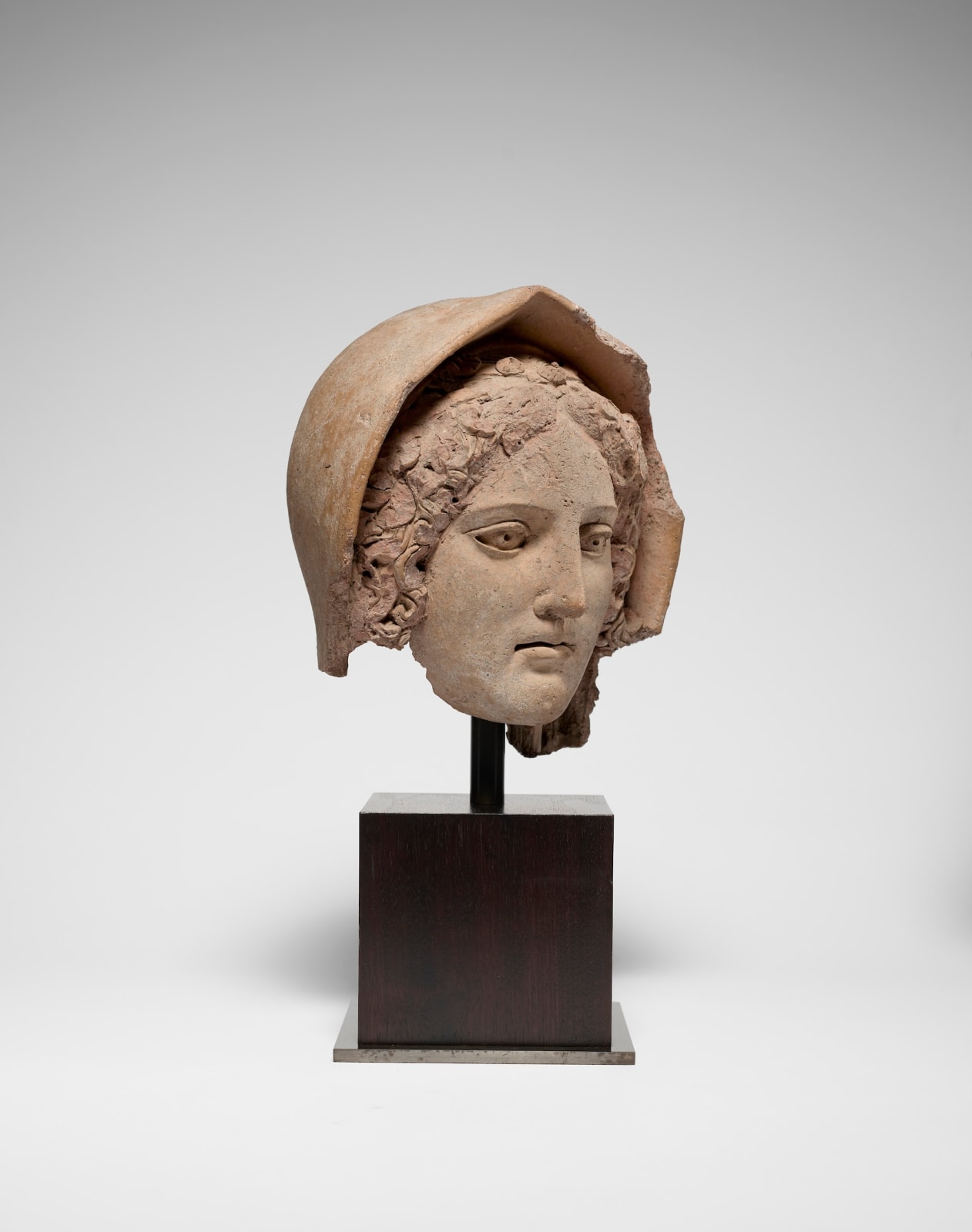-






Head of a Veiled Woman, Etruscan, late 4th to early 3rd century B.C.
Terracotta, with traces of polychromy22 cm (8 ½ in.) highFurther images
Provenance
With Galerie Segredakis, Paris, 1952.
Purchased from the above by M. Descrieres, 1952.
Given by the above to a private collector (?) in the 1950s.
Thence by descent until 2017.











